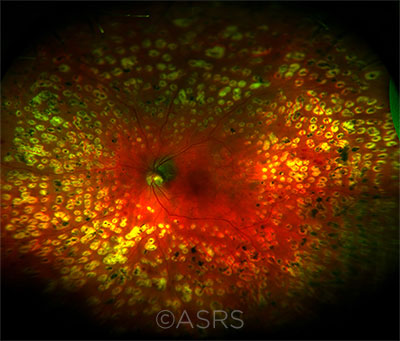Download PDF
How American diplomats in Havana, Cuba, came to suffer a constellation of symptoms characteristic of neurotrauma remains as mysterious today as it was when first reported in 2016 and 2017. But the first comprehensive clinical study of a cohort of “Havana syndrome” patients has concluded that their oculomotor and other neurological symptoms look a lot like those of a well-established diagnosis: persistent concussion.
A team of experts assembled by the University of Pennsylvania’s Center for Brain Injury and Repair reached this conclusion after extensive examinations of 21 diplomats (mean age, 43 years) referred by the U.S. State Department for evaluation, treatment, and rehabilitation.1
“Much to our surprise—and even though a lot of people on the team were a little skeptical that someone without history of a head impact could display symptoms similar to concussion—one by one, each member of our multidisciplinary panel felt that these symptoms really did look like persistent concussion,” said Douglas H. Smith, MD, who directs the center, which is located in Philadelphia.
 |
PHOTOCOAGULATION. After panretinal laser treatment. This image was originally published in the ASRS Retina Image Bank. Raj K. Maturi, MD, and Thomas A. Ciulla, MD. Diabetic Retinopathy. Retina Image Bank. 2012; Image Number 1620. © The American Society of Retina Specialists.
|
What caused it? Eighteen of the 21 diplomats told the physicians that they heard a localized, intensely loud sound, with pure and sustained tonality, just as their symptoms began. Most of the patients also reported that the sound was accompanied by pressurelike or vibratory sensory stimuli.
Visual symptoms. Examinations at the Philadelphia center began an average of 203 days (range, 3-331 days) after exposure.
In addition to having cognitive difficulties, the patients exhibited an array of oculomotor and visual problems similar to those seen in persistent concussion, Dr. Smith said. These symptoms included convergence insufficiency (n = 11, 52%); abnormal smooth pursuits (n = 11, 52%); saccadic dysfunction (n = 10, 47%); and impairment of the vestibulo-ocular reflex (n = 15, 71%). In addition, the patients complained of light sensitivity (n = 13, 62%); difficulty reading (n = 12, 57%); and eye strain (n = 11, 52%), particularly with reading, and associated with headaches, disequilibrium, and nausea.
Need for rehab. The majority of the patients required intervention by multiple rehabilitation experts, including those specializing in oculomotor evaluations, for their symptoms to subside. “In contrast to patients with classic concussions, most Havana syndrome patients exhibited significant impairment that persisted for months [and they experienced] no significant improvement until rehabilitation was initiated,” the researchers wrote.
What’s next? The origin of the sound and the apparently coincident mechanism through which the patients’ brains were injured remain unknown, Dr. Smith said. Neuroimaging was performed on all 21 patients, 18 of whom had conventional findings well within the normal limits. Findings for the other 3 were nonspecific. Thus, he said, the researchers hope to use advanced neuroimaging techniques to look for structural and functional alterations in the brain that might account for the various symptoms of Havana syndrome.
Networks of axons in the visual system are especially sensitive to any injury that disrupts their serial communication, he pointed out. “So, for instance, eye tracking requires a really complex system of the brain to work together just correctly, at 100 meters per second. At each node the information has to be processed and sent on, and finally at the end the muscles can move the eyes back and forth to track motion.”
—Linda Roach
___________________________
1 Swanson RL II et al. JAMA. 2018;319(11):1125-1133.
___________________________
Relevant financial disclosures—Dr. Smith: None.
For full disclosures and the disclosure key, see below.
Full Financial Disclosures
Dr. Lee: None.
Dr. Moutray: Bayer: C; Novartis: C.
Dr. Smith: None.
Dr. Wong: None.
Disclosure Category
|
Code
|
Description
|
| Consultant/Advisor |
C |
Consultant fee, paid advisory boards, or fees for attending a meeting. |
| Employee |
E |
Employed by a commercial company. |
| Speakers bureau |
L |
Lecture fees or honoraria, travel fees or reimbursements when speaking at the invitation of a commercial company. |
| Equity owner |
O |
Equity ownership/stock options in publicly or privately traded firms, excluding mutual funds. |
| Patents/Royalty |
P |
Patents and/or royalties for intellectual property. |
| Grant support |
S |
Grant support or other financial support to the investigator from all sources, including research support from government agencies (e.g., NIH), foundations, device manufacturers, and/or pharmaceutical companies. |
|
More from this month’s News in Review